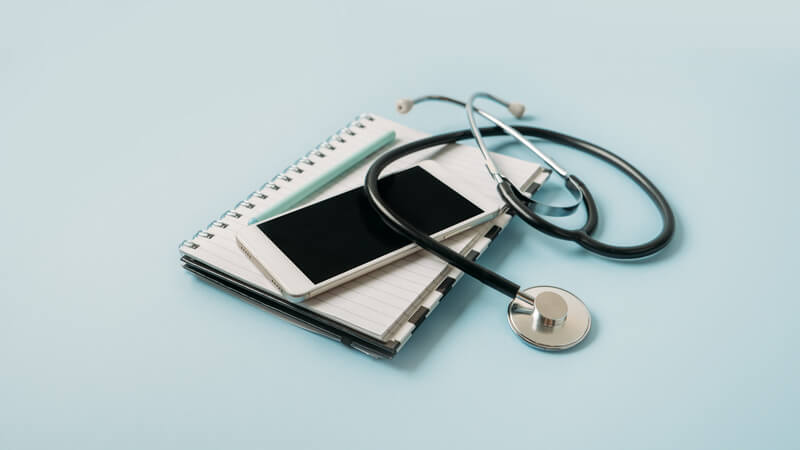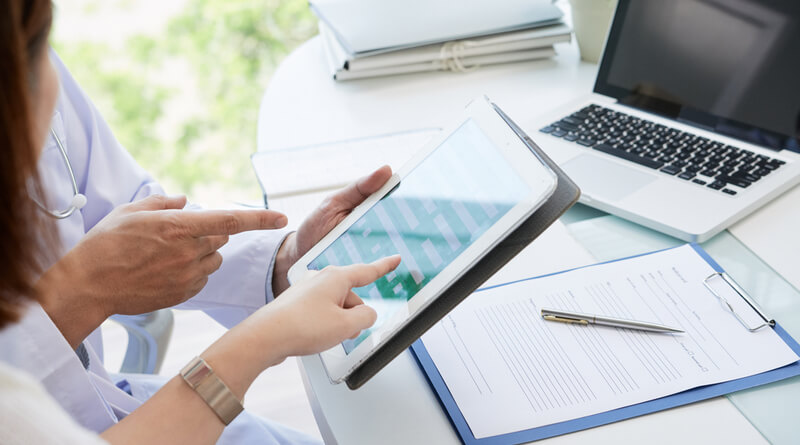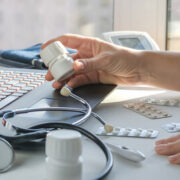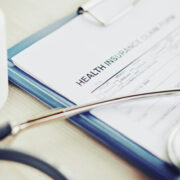Latest Telehealth Trends That Will Fuel Your Practice in 2022

In March 2020, the telehealth utilization rates grew by 154% compared to the same time in 2019. While the COVID-19 outbreak gave us a glimpse of the true potential of Telehealth technology, we cannot help but wonder – is the telehealth growth trend going to persist moving into 2022?

Getting a custom telehealth solution can help you retain more patients, optimize your workflows, and ease your doctors’ jobs. But it’s also quite expensive, and the industry is not without its challenges. Curious to see if Telehealth is the way to go in 2022? You first need to understand the recent trends and challenges in the remote health sector. So, buckle up and read on to learn about the telehealth industry’s major benefits and challenges in 2022.
7+ Emerging Telehealth Trends & Statistics to Keep in Mind
Telehealth is a technology that enables medical practices worldwide to provide their services remotely using video and audio-conferencing technology.
In a modern climate, getting help remotely became essential. With that being said, the industry is still in its infancy, and we can only predict how it will develop down the line. Here’s a quick overview of all the latest telehealth trends and statistics shaping the industry to this day:
#1. Increased Usage and Stabilized Growth
The number of telehealth visits increased by 50% in 2020 compared to 2019. At the same time, the industry size is expected to grow from $50 billion to $194 billion by 2023. You might be thinking that the industry is booming solely because of the COVID outbreak, and things will slow down shortly. However, the growth has only stabilized and become more prevalent since the initial COVID-19 craze cooled down. Right now, the telehealth software utilization levels are 38X times those of 2019.
This means that while the industry is not growing as fast as it did in 2020, telehealth technology is here to stay for the long term.
#2 Increased Patient Satisfaction & Cost Savings
85% of telehealth patients in the USA reported higher satisfaction with telehealth services and $19 to $121 in cost savings than in-person visits. Telehealth services help patients save money and time, so if your practice still does not offer remote doctor visits – you are likely missing out on a good number of patients. When it comes to getting drug prescriptions or managing appointments with the doctor – over 90% of users reported that they would keep using telehealth technology instead of in-person visits in the USA.
#3. 360-Degree Care Provision
Gone are the days when patients would have to visit 4-5 professionals in person to get a full picture of their state of health and all their prescriptions. HIPAA-compliant telehealth software ensures the safe storage of patients’ data, which enables doctors to get a full picture of their state in a matter of seconds, fully remotely. With the ability to view the information about all previous patient visits and other doctors’ notes, caregivers spend less time on creating diagnoses. This saves time getting to know the patient’s case and enables doctors to provide a more rounded conclusion in less time.
#4. Improved User Experience is a Must-Have
As Telehealth is expanding, the quality standards for telehealth applications are also rising. Older telehealth software had simple, secure video-calling features with limited booking functionality. Nowadays, patients want much more than that. Here are a few important qualities of a successful modern telehealth application that you need to keep in mind:
- Cross-platform functionality
- HIPAA-compliance
- Integrated booking system
- Secure file storage for all medical imaging
- Ratings and review mechanisms
- Integrated automated chatbot support
The point here is that standing out from the crowd with your telehealth application is getting more challenging (yet more rewarding), so make sure that you partner with the HIPAA-compliant software developers you can trust.
#5: AI in Telehealth: Automating Prescriptions & Intelligent Diagnoses
When you marry artificial intelligence and healthcare, good things happen. Using machine learning algorithms, modern healthcare solutions will be able to do any of the following:
- Calculate the required dosage of patients’ prescriptions automatically
- Read medical images and highlight any pathologies, making medical imaging analysis a swift process
- Provide intelligent diagnoses for doctor’s review, based on the information provided on the patients’ file
The advent of AI technology in Telehealth will ease the lives of many patients and medical professionals worldwide. Some modern enterprise-scale businesses already use AI modeling to analyze the patient’s state over time to achieve higher workflow efficiency.
#6 The Advent of Wearables and IoT in Telehealth
Internet of things is a term used to describe the usage of any physical device to accommodate a software program. In medicine, wearables like fitness trackers and biosensors track patients’ states and metrics in real-time, keeping the doctors aware of prescriptions’ effects on patients’ health. If doctors can monitor your health in real-time – they can devise a better treatment for you down the line.
Moving forward, one of the biggest telehealth trends would be to “marry” the telehealth software with the most popular devices (smartwatches, heart monitors, fit bands, etc.) on a global scale. Therefore, modern telehealth solutions will be built with the most popular wearable platforms in mind.
#7: Rise of Mental and Chronic Disease Treatment Through Telehealth
Whether it’s diabetes, Alzheimer’s, or cancer – 1 out of 3 adults worldwide suffers from some chronic condition. Despite such high numbers, a large portion of patients worldwide never show up to their follow-up appointments with doctors (most of the time – because it’s inconvenient or they find it pointless). This makes the cost of average health insurance much higher than it has to be.
At the same time, 21% of USA adults are suffering from mental problems, while the pandemic has disrupted the operations of 93% of mental health centers in the country.
The problem here is two-fold:
- Pandemic made it harder for care providers to offer their services in-person
- Patients do not attend in-person meetings because they are resource-consuming
Telehealth can fix both of these problems by providing timely and cost-efficient appointments for chronic disease and mental health patients. The chances are that both of these sectors will thrive in the modern telehealth landscape for years to come.
So, What Does it Mean for Your Medical Practice?
You cannot execute a good portion of different clinical procedures without the patient being on-site in the hospital. With that being said, telehealth offers a much better quality of service and price/quality ratio compared to in-person meetings when it comes to simple medical checkups, appointment scheduling, prescription adjustment, and monitoring of patients’ health. It also boosts patient engagement, increases retention, lowers operational costs, and organizes things for your doctors, making their life easier.
One concern many experts have is that some of the problems of in-person visits will bleed over to telehealth – some of them are medical identity theft and duplicate medical records. Fortunately, touchless biometric patient identification platforms like RightPatient ensure that patients are identified accurately even when they are availing remote healthcare services. When patients schedule remote appointments, they receive a message with a link – all they need to provide is a selfie photo and a photo of their driver’s license or a similar photo ID. RightPatient automatically compares the photos for a match and verifies the patient’s identity – ensuring positive patient identification, preventing medical identity theft, and protecting patient data.
Coming back to the point, if some 10 years ago, telehealth software would have been a nice addition to in-person visits in your hospital, today it became an essential part of any modern medical practice. If you still have not implemented a telehealth solution at your business – then you are likely missing out.




















